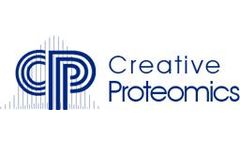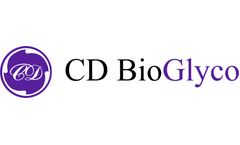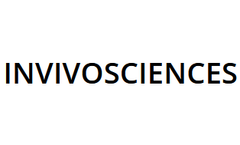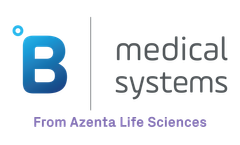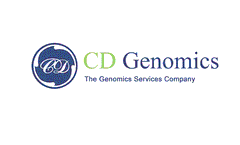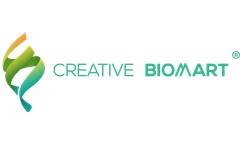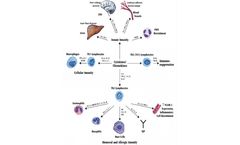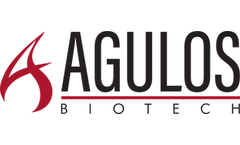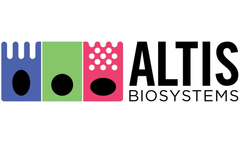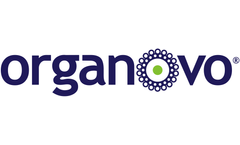Pluripotent Stem Cells Articles & Analysis: Older
14 articles found
They are synthesized and secreted by a range of immune cells, including monocytes, macrophages, T cells, B cells, and natural killer (NK) cells, as well as certain non-immune cells like endothelial cells, epidermal cells, and fibroblasts. Cytokines are produced in response to ...
Pluripotent stem cells — cells with the ability to differentiate into nearly any cell type in the body, constituting a significant potential for regenerative medicine. Among these, induced Pluripotent Stem Cells (iPSCs), in particular, have garnered ...
MatriClone is an exciting opportunity for customers looking to accelerate their cell therapy workflows and deliver new treatments to market. For those who are not familiar with the matrix, it is comprised of truncated recombinant Laminin-511 protein and is designed to support the health and pluripotency of induced pluripotent ...
However, by using induced pluripotent stem cells, the researchers found that neurons were able to take up glucose and process it into smaller metabolites. ...
Successful drug discovery and vaccine development rely on preclinical models that faithfully recapitulate the viral life cycle and host cell response to infection. Organoids are defined as three-dimensional structures grown from stem cells and composed of organ-specific cell types that can self-organize to recapitulate key and ...
Precision Medicine Focus Human induced pluripotent stem cell (iPSC) technology is critical within precision medicine because it generates a disease model in a dish. The iPSC’s capacity to yield large numbers of pluripotent cells able to differentiate into almost any somatic cell type is ...
Many cell and gene therapy solutions have shown considerable promise as a source of possible treatments for a wide range of chronic disorders. However, these sophisticated therapies introduce additional barriers such as the requirements for ultra-low and cryogenic storage, which affect numerous steps of the biomedical solutions’ life cycles, from their development to their administration. ...
Studies have shown that lncRNAs are quite complex in function and play an important role in various biological processes such as development, differentiation, proliferation, metastasis, apoptosis, stem cell pluripotency, and DNA damage. Therefore, those non-coding fragments in human genes are also vital and not the so-called "transcriptional ...
In a new study, researchers from the Icahn School of Medicine at Mount Sinai have developed a reproducible and scalable method to advance the maturation of human pluripotent stem cell-derived cardiomyocytes (hPSC-CMs), and hPSC-CMs produced by human stem cell lines in the laboratory support myocardial ...
For example, IL-2 is produced by activated T cells and can enhance the growth and proliferation of T cells themselves; IL-12 can be produced by dendritic cells, B cells, and monocytes-macrophages and can induce the directed differentiation of T cells into type 1 helper T cells. ...
You can click on these links to access: Course Overview, Module 1 (Cell Culture Basics), Module 2 (Cell Sources), Module 4 (Process monitoring). ...
In the past, experts may have balked at the cost and difficulty of using primary human tissue: its limited viability; its need for multiple donors and the inconsistency this can bring; and its poor proliferative capacity. However, with new stem cell technologies, it is now possible to use primary human stem cells and induced ...
Chimeric antigen receptor T-cells (CAR-T) are one of the first clinically approved therapies to take full advantage of the most significant advancements in immunology and genetic engineering. The resulting therapeutics have been shown to produce remission rates exceeding 80% in patients with CD19+ B-cell lymphoma, making them nothing short of remarkable [1]. Unfortunately, CAR-T cells seem ...
Publication Summary: Recent advances in the directed differentiation of human pluripotent stem cells to kidney organoids advances the prospect of drug screening, disease modelling, and even restoration of renal function using patient-derived stem cell lines. ...

